Home>Technology>Home Entertainment Systems>What Was The First Television Sitcom To Use A Laugh Track?
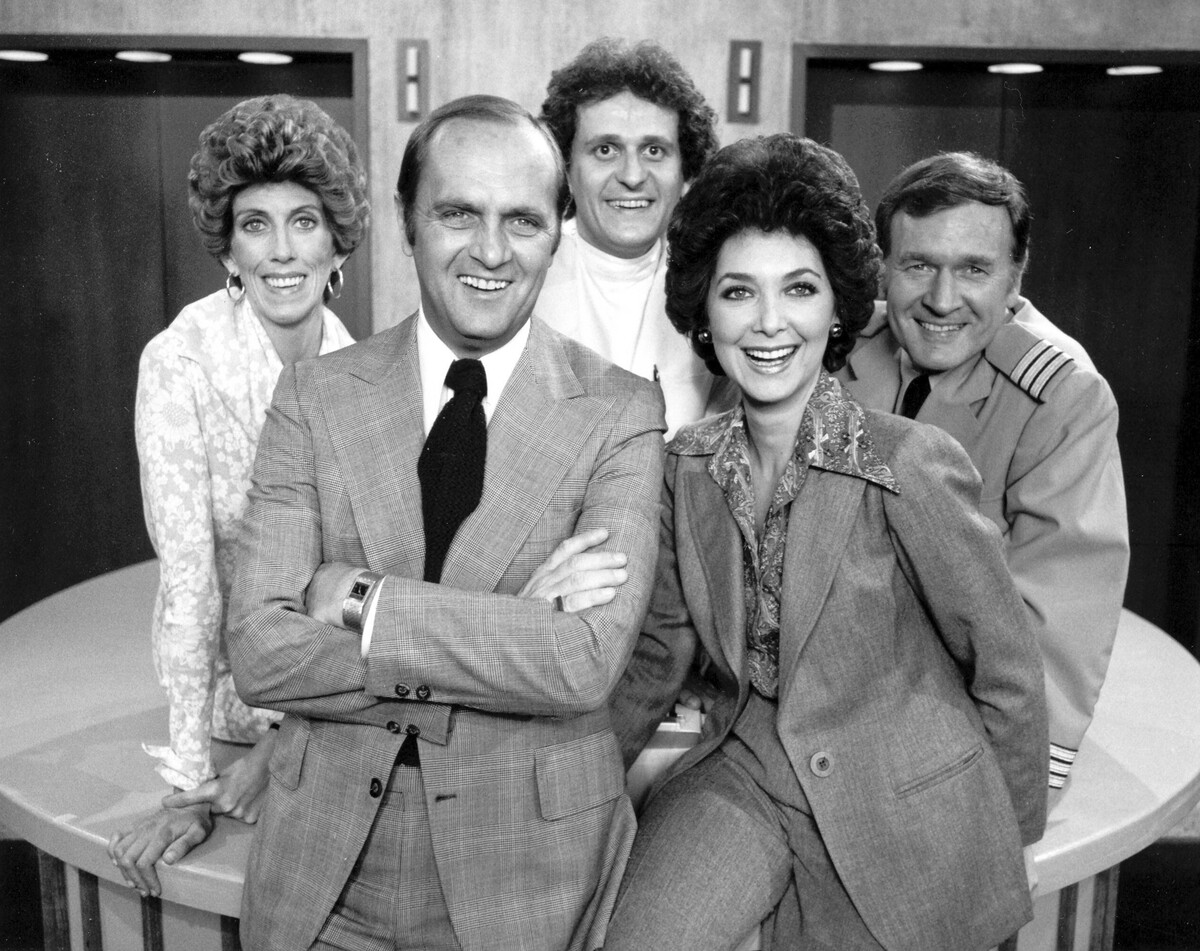

Home Entertainment Systems
What Was The First Television Sitcom To Use A Laugh Track?
Published: December 20, 2023
Discover the first television sitcom to use a laugh track and its impact on home entertainment systems. Uncover the history and evolution of laugh tracks in this insightful article.
(Many of the links in this article redirect to a specific reviewed product. Your purchase of these products through affiliate links helps to generate commission for Storables.com, at no extra cost. Learn more)
Introduction
Welcome to the fascinating world of television sitcoms, where laughter is often the best medicine. As we delve into the history of this beloved genre, we’ll uncover the intriguing evolution of a comedic element that has become synonymous with sitcoms: the laugh track. From the early days of television to the present, the laugh track has played a pivotal role in shaping the way audiences experience and engage with their favorite sitcoms.
Join me on a journey through time as we explore the origins of the laugh track, its impact on the evolution of sitcoms, and the pivotal moment when it made its debut on the small screen. By the end of our exploration, you’ll gain a newfound appreciation for the subtle yet significant influence of the laugh track on the world of television comedy.
Key Takeaways:
- The first television sitcom to use a laugh track was “The Hank McCune Show,” which revolutionized the way sitcoms were produced and received by audiences, setting a new standard for comedic precision and audience engagement.
- The introduction of the laugh track not only enhanced the comedic timing and delivery of sitcoms but also fostered a sense of communal laughter among viewers, shaping the dynamics of comedic timing and audience reception.
Read more: What Was The First Sitcom On Television
Early Television Sitcoms
In the early days of television, sitcoms emerged as a groundbreaking form of entertainment, captivating audiences with their humorous and relatable storylines. These pioneering shows, such as “I Love Lucy” and “The Honeymooners,” laid the foundation for the sitcom genre, setting the stage for the comedic masterpieces that would follow.
During this era, the format of sitcoms was markedly different from what we see today. Live studio audiences provided the laughter, reacting in real time to the on-screen antics of the characters. The absence of a pre-recorded laugh track meant that the comedic timing and delivery of the actors were crucial in eliciting genuine laughter from the audience.
As the popularity of sitcoms soared, producers and network executives sought innovative ways to enhance the viewing experience for audiences at home. This quest for a more consistent and controlled laughter led to the development of a groundbreaking technological innovation: the laugh track.
Stay tuned as we journey through the evolution of sitcoms and uncover the pivotal moment when the laugh track made its debut, forever altering the landscape of television comedy.
The Rise of the Laugh Track
As television sitcoms continued to captivate audiences across the nation, the quest to replicate the infectious laughter of live studio audiences became a top priority for producers and network executives. Enter the laugh track, a revolutionary audio innovation that would forever change the way sitcoms were experienced by viewers.
The laugh track, also known as canned laughter, was a pre-recorded collection of audience laughter and reactions meticulously curated to complement the comedic timing of the on-screen performances. This ingenious invention allowed producers to infuse consistent and well-timed laughter into each episode, ensuring that every punchline and witty exchange landed with the intended comedic impact.
With the introduction of the laugh track, sitcoms gained a newfound sense of rhythm and comedic precision. The seamless integration of laughter into the fabric of each episode created a dynamic and engaging viewing experience, effectively drawing viewers into the comedic world unfolding on their screens.
Furthermore, the laugh track provided a sense of familiarity and comfort for audiences, akin to the communal laughter shared during live performances. This communal aspect of laughter served to enhance the overall enjoyment of sitcoms, fostering a sense of shared amusement among viewers from diverse backgrounds.
As the laugh track became a staple of television sitcoms, its impact on the evolution of the genre cannot be overstated. It not only revolutionized the production and presentation of comedic content but also paved the way for a new era of television entertainment, one in which the laughter of an invisible audience became an integral part of the viewing experience.
Join me as we delve deeper into the historical moment when the laugh track made its debut on the small screen, forever altering the landscape of television comedy.
The first television sitcom to use a laugh track was “The Hank McCune Show” in 1950. This innovation allowed for the audience to feel like they were watching the show with others, even if they were alone.
The First Sitcom to Use a Laugh Track
Amid the burgeoning popularity of television sitcoms, the introduction of the laugh track marked a pivotal turning point in the evolution of comedic programming. The first sitcom to embrace this innovative audio technique and incorporate it into its episodes was “The Hank McCune Show,” which premiered in 1950.
“The Hank McCune Show” made television history by becoming the trailblazer in utilizing the laugh track to enhance the comedic timing and audience engagement of the show. This groundbreaking decision set a new standard for sitcoms, ushering in an era of heightened comedic precision and consistent laughter that resonated with viewers across the nation.
The integration of the laugh track into “The Hank McCune Show” revolutionized the way sitcoms were produced and received by audiences. The carefully curated laughter complemented the witty dialogue and humorous scenarios, elevating the overall comedic impact of the show and setting a precedent for future sitcoms to follow.
With the success of “The Hank McCune Show,” the laugh track quickly became a staple feature of sitcoms, transforming the landscape of television comedy and solidifying its status as an indispensable tool for eliciting laughter and enhancing the viewing experience.
As we reflect on the pioneering role of “The Hank McCune Show” in embracing the laugh track, we gain a deeper understanding of the profound impact that this innovative audio technique has had on the evolution of sitcoms and the enduring legacy it continues to uphold in the realm of television entertainment.
Join me as we unravel the far-reaching impact of the laugh track and its enduring influence on the world of television comedy.
Impact of the Laugh Track
The introduction of the laugh track has left an indelible mark on the landscape of television comedy, shaping the way audiences engage with and perceive sitcoms. Its impact extends far beyond the realm of audio enhancement, influencing the dynamics of comedic timing, audience reception, and the overall viewing experience.
One of the most notable impacts of the laugh track is its ability to set the comedic rhythm and pacing of sitcoms. By strategically weaving laughter into the fabric of each episode, the laugh track creates a natural ebb and flow of comedic timing, accentuating punchlines and humorous exchanges. This rhythmic interplay between dialogue and laughter enhances the comedic impact of the show, eliciting genuine amusement from viewers and fostering an immersive comedic experience.
Furthermore, the laugh track serves as a catalyst for audience engagement, effectively cueing viewers to join in the laughter and embrace the comedic moments unfolding on screen. The communal nature of laughter, even when pre-recorded, fosters a sense of shared amusement among viewers, creating a lighthearted and enjoyable viewing environment.
From a production standpoint, the laugh track empowers sitcom creators to fine-tune the comedic delivery of each episode, ensuring that every joke lands with precision and every humorous beat resonates with the intended impact. This meticulous attention to comedic detail has elevated the quality of sitcoms, contributing to their enduring popularity and cultural significance.
Moreover, the laugh track has played a pivotal role in shaping audience expectations and perceptions of comedic content. Its presence has become synonymous with the sitcom genre, signaling to viewers that they are about to embark on a lighthearted and laughter-filled journey. This association has become ingrained in the collective consciousness of audiences, influencing their anticipation and reception of sitcoms.
As we contemplate the far-reaching impact of the laugh track, it becomes evident that this innovative audio technique has transcended its role as a mere enhancement and has become an integral part of the fabric of television comedy. Its enduring influence continues to shape the comedic landscape, enriching the viewing experience and perpetuating the timeless appeal of sitcoms.
Join me as we conclude our exploration of the laugh track and its profound influence on the world of television comedy.
Conclusion
Our journey through the evolution of television sitcoms and the advent of the laugh track has unveiled a rich tapestry of comedic innovation and audience engagement. From the early days of live studio audiences to the groundbreaking introduction of the laugh track, sitcoms have continually evolved to captivate and entertain viewers across generations.
The laugh track, with its ability to infuse consistent and well-timed laughter into each episode, has revolutionized the way audiences experience and engage with sitcoms. Its impact on the comedic rhythm, audience reception, and production quality of sitcoms cannot be overstated, cementing its status as a transformative force in the realm of television comedy.
As we reflect on the pivotal moment when “The Hank McCune Show” became the first sitcom to embrace the laugh track, we gain a deeper appreciation for the enduring legacy of this innovative audio technique. Its seamless integration into the fabric of sitcoms has not only enhanced the comedic timing and delivery of each episode but has also fostered a sense of communal laughter among viewers, transcending the confines of the screen.
Furthermore, the laugh track has become a hallmark of the sitcom genre, signaling to audiences that they are about to embark on a laughter-filled journey brimming with wit and humor. Its ability to set the comedic rhythm, engage viewers, and shape audience perceptions has solidified its place as an indispensable component of television comedy.
As we conclude our exploration of the laugh track and its profound influence on the world of television comedy, we are reminded of the enduring magic of sitcoms and their timeless ability to bring joy and laughter into the lives of viewers. The legacy of the laugh track continues to resonate with audiences, serving as a testament to the enduring power of laughter and the enduring appeal of sitcoms.
Join me in celebrating the rich history and enduring legacy of the laugh track, a testament to the timeless art of comedic storytelling and the boundless joy it brings to audiences around the world.
Frequently Asked Questions about What Was The First Television Sitcom To Use A Laugh Track?
Was this page helpful?
At Storables.com, we guarantee accurate and reliable information. Our content, validated by Expert Board Contributors, is crafted following stringent Editorial Policies. We're committed to providing you with well-researched, expert-backed insights for all your informational needs.

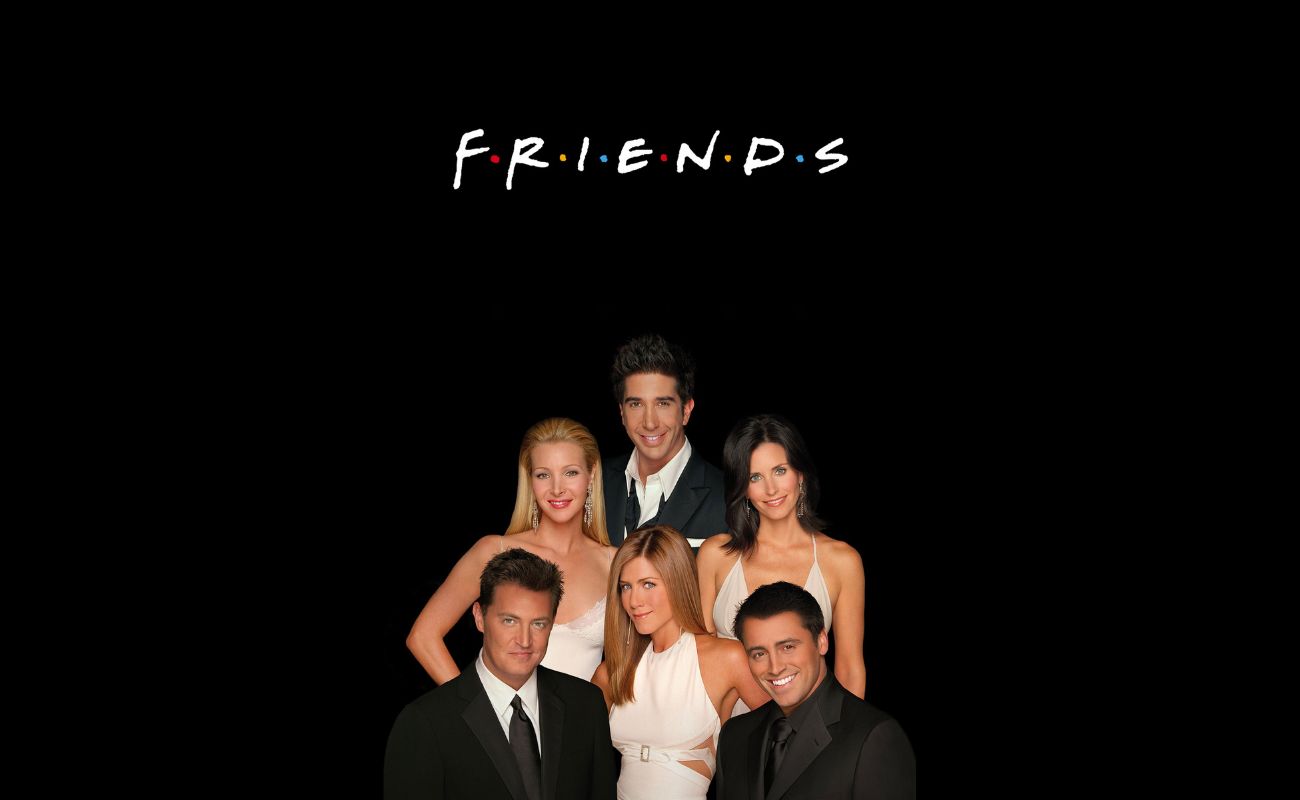

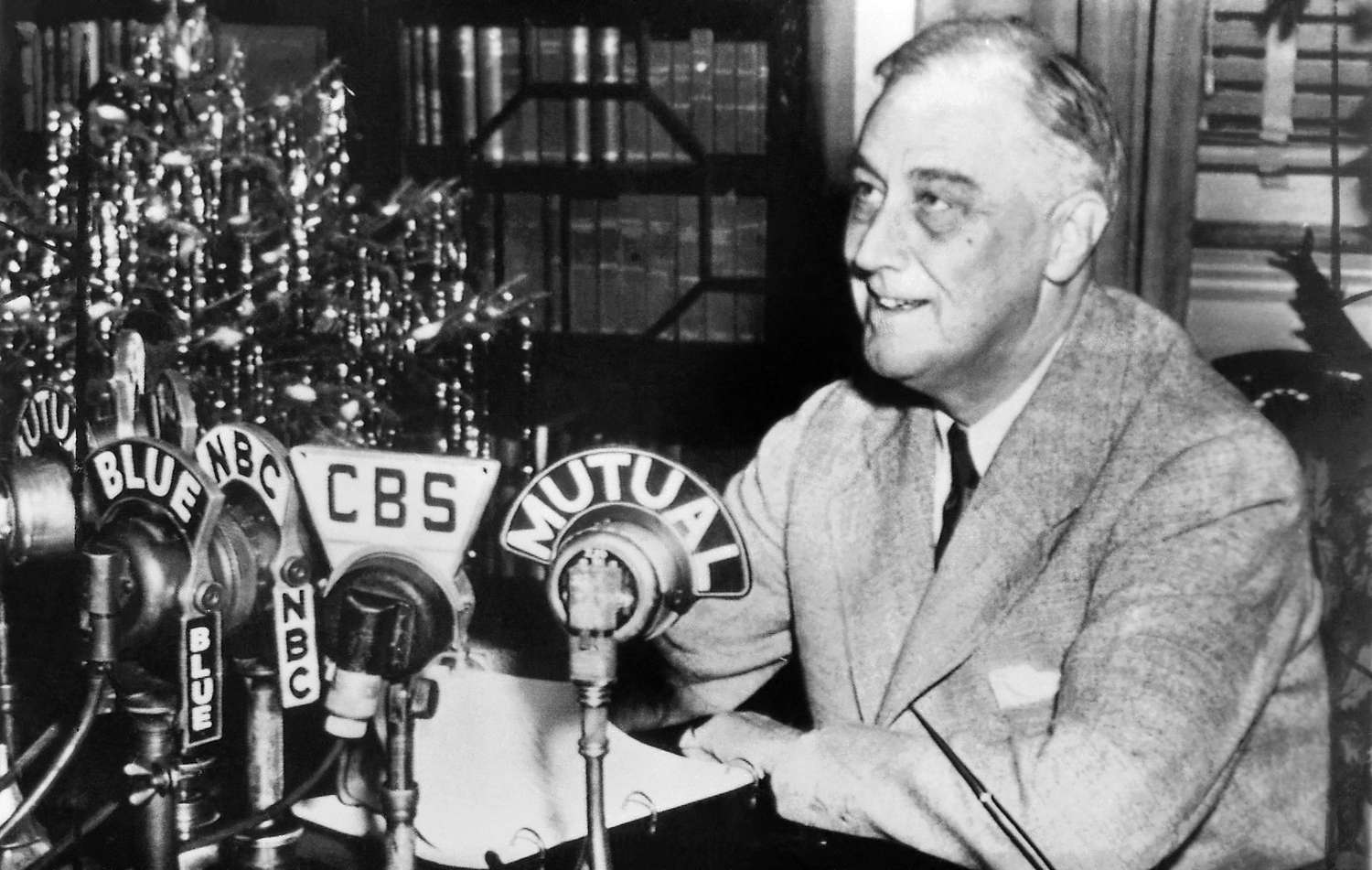
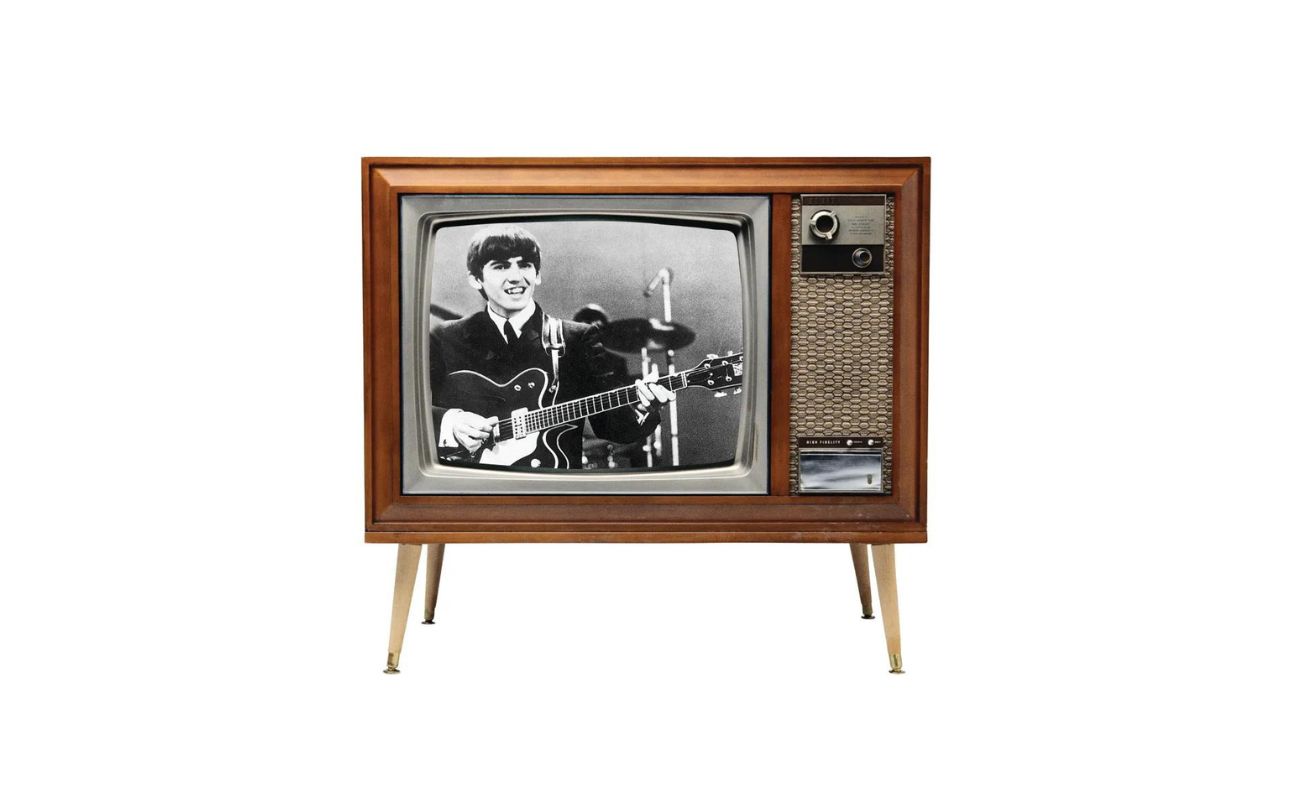
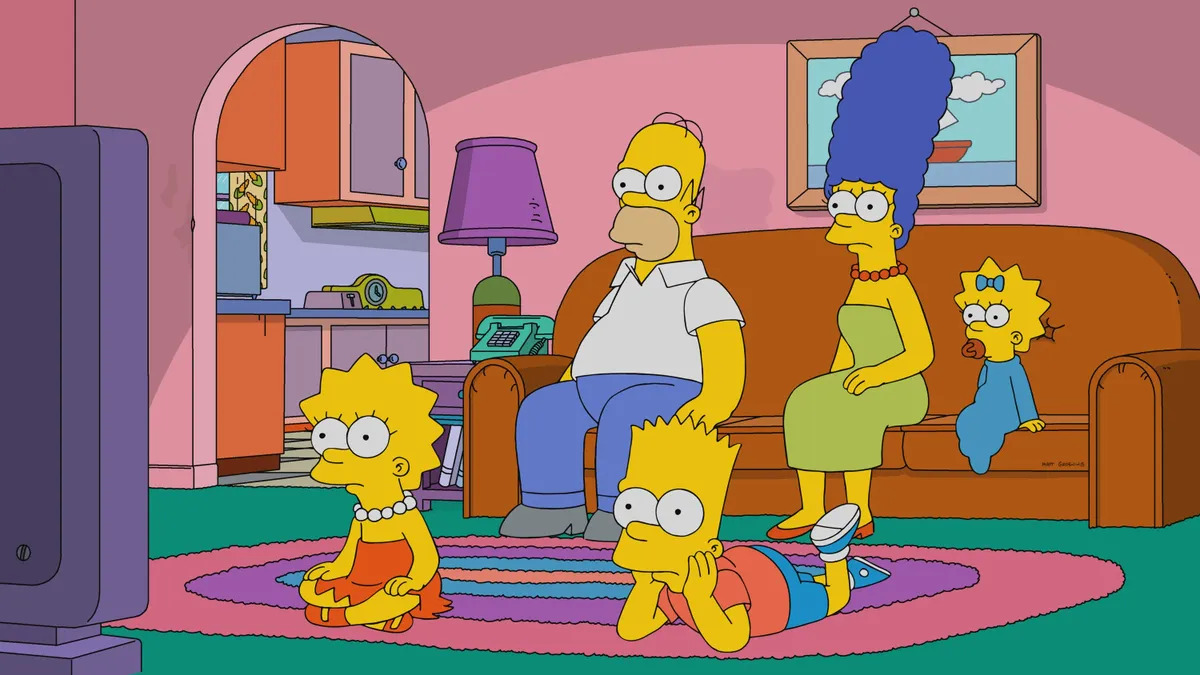

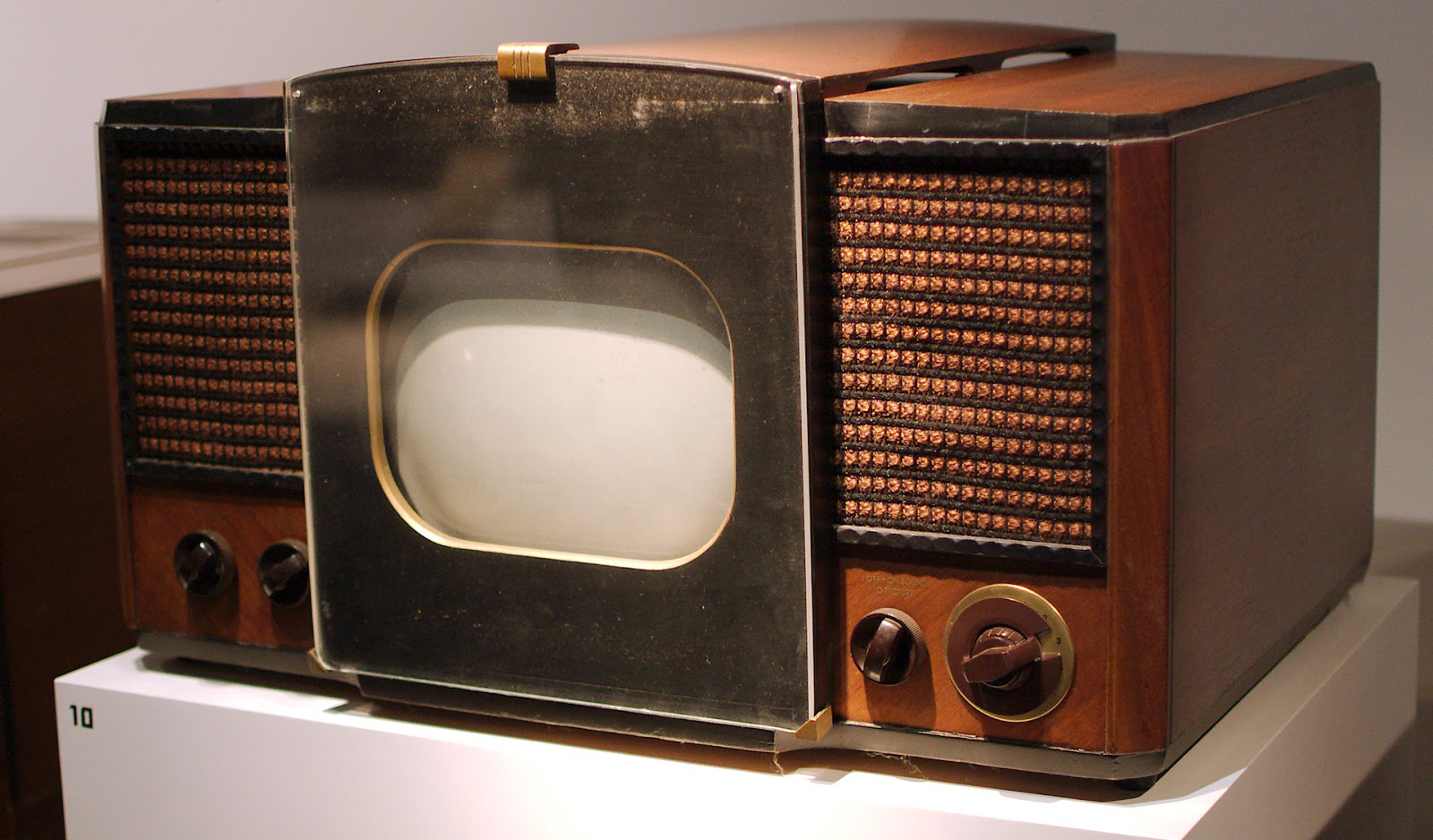


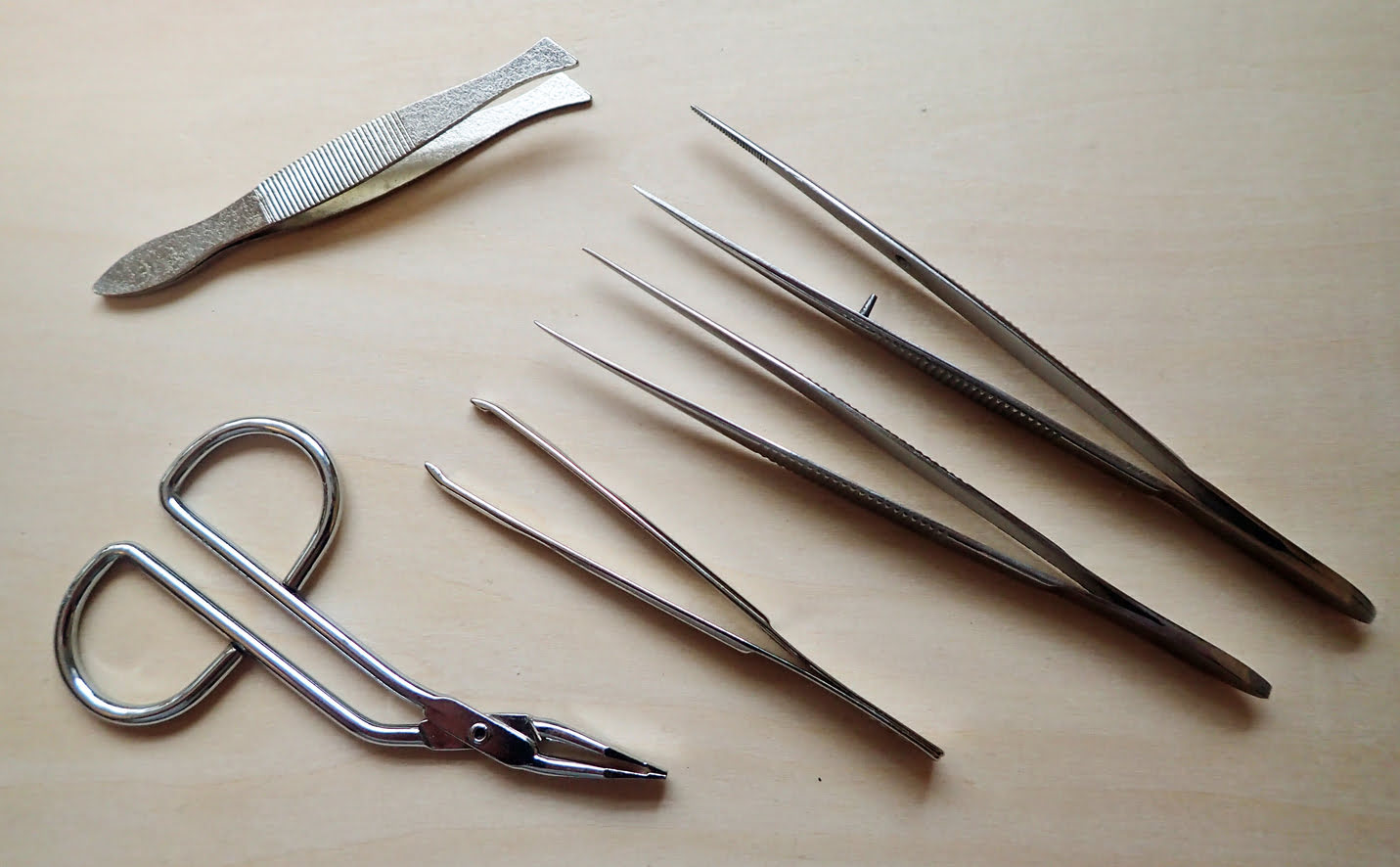


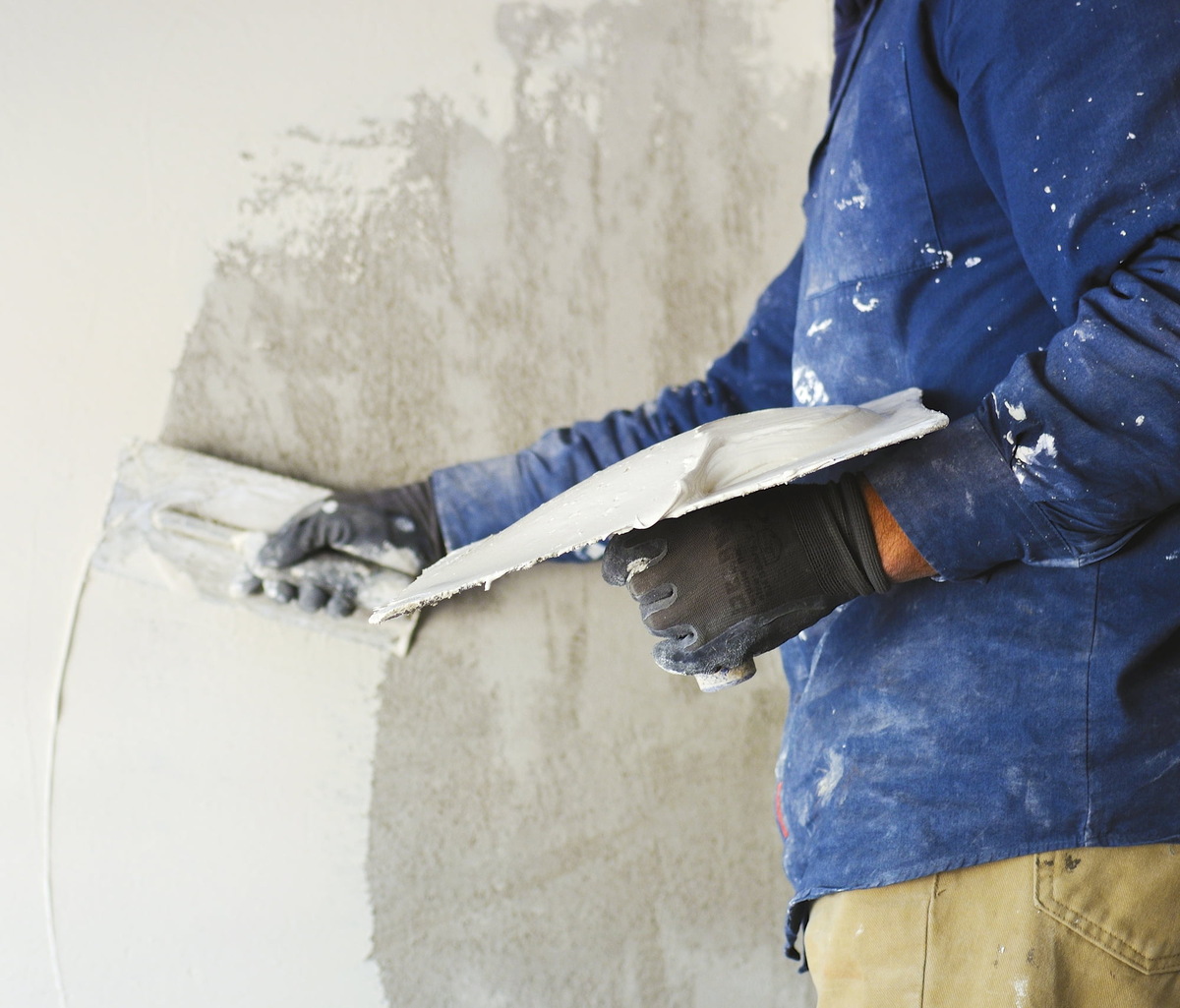

0 thoughts on “What Was The First Television Sitcom To Use A Laugh Track?”